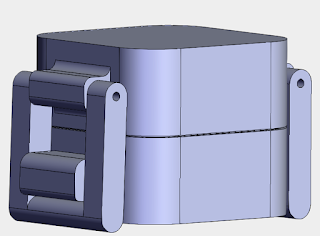Software Design - Raspberry Pi Communication to the Cloud
This post outlines the three routine steps for RPi communication to the Firestore database.
- Sample State
- This routine step waits for the Arduino to inform the RPi about the latest state of all the sensors (contained within the data packet sent by the Arduino to the RPi). Information about the command package and the data package can be read in an earlier post.
- Check Garbage State
- This state checks the garbage level within the Lilypod, above the filtering mesh, with the use of the ultrasonic sensor. If the Arduino registers that the ultrasonic sensor is reading a value above a specified voltage threshold (to be determined based on testing), the system will completely shut down, and await a farmer to conduct a manual reset of the pod. Before the manual reset of the pod can occur, the filter must be cleared out.
- Filter State
- One of the states is a filter state, where all the doors (trap and garage) are open, filtering water through without conducting any spectroscopy, pH sensor or ultrasonic sensor checks. This is a state in which all actuating components are checked for appropriate functionality. This is usually conducted at the start of every treatment cycle, ideally after a manual reset has occurred.

Comments
Post a Comment